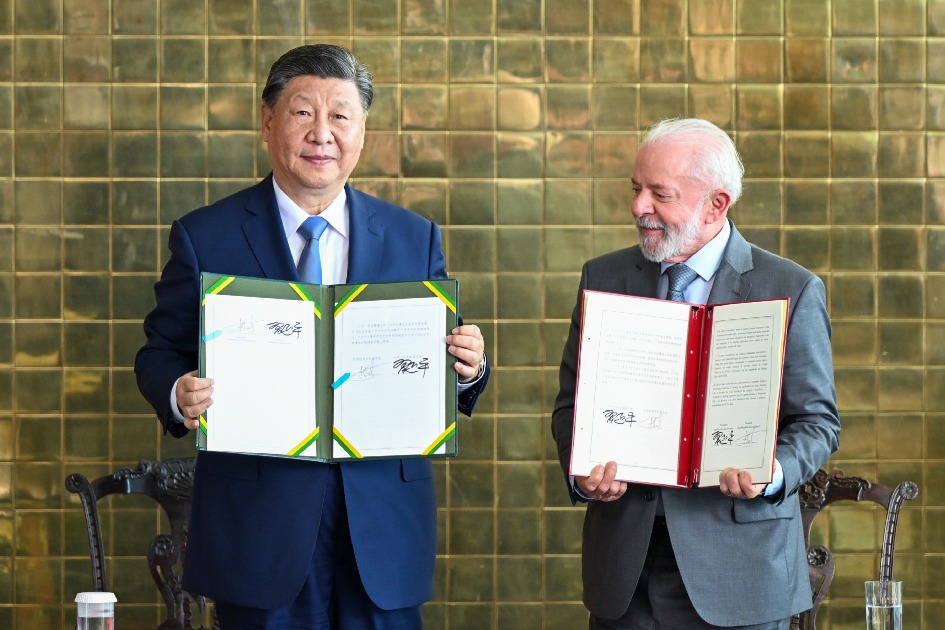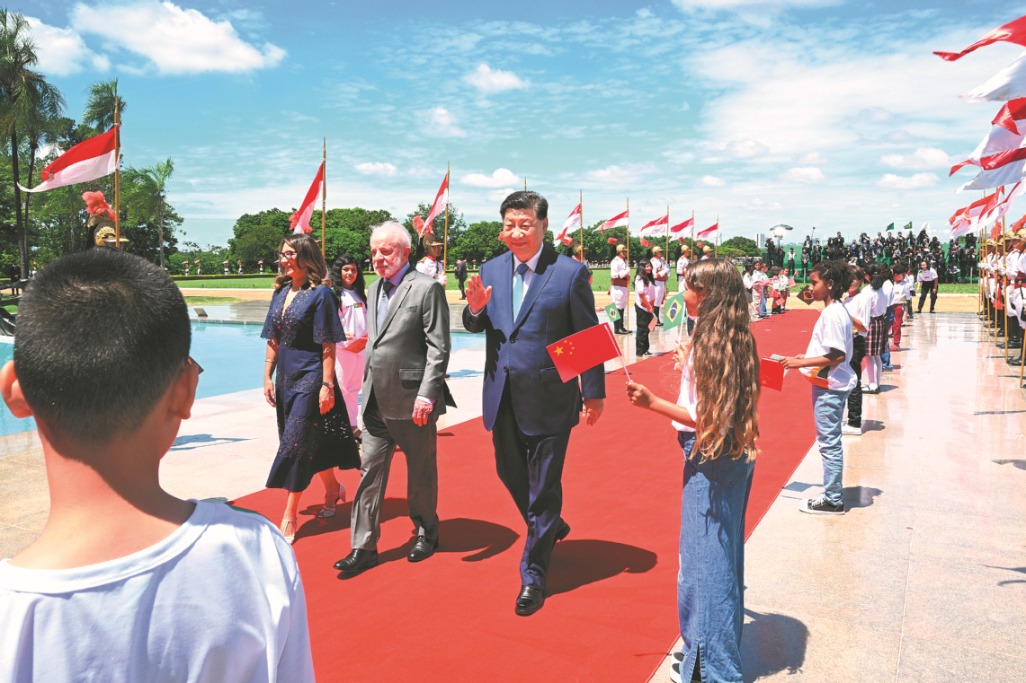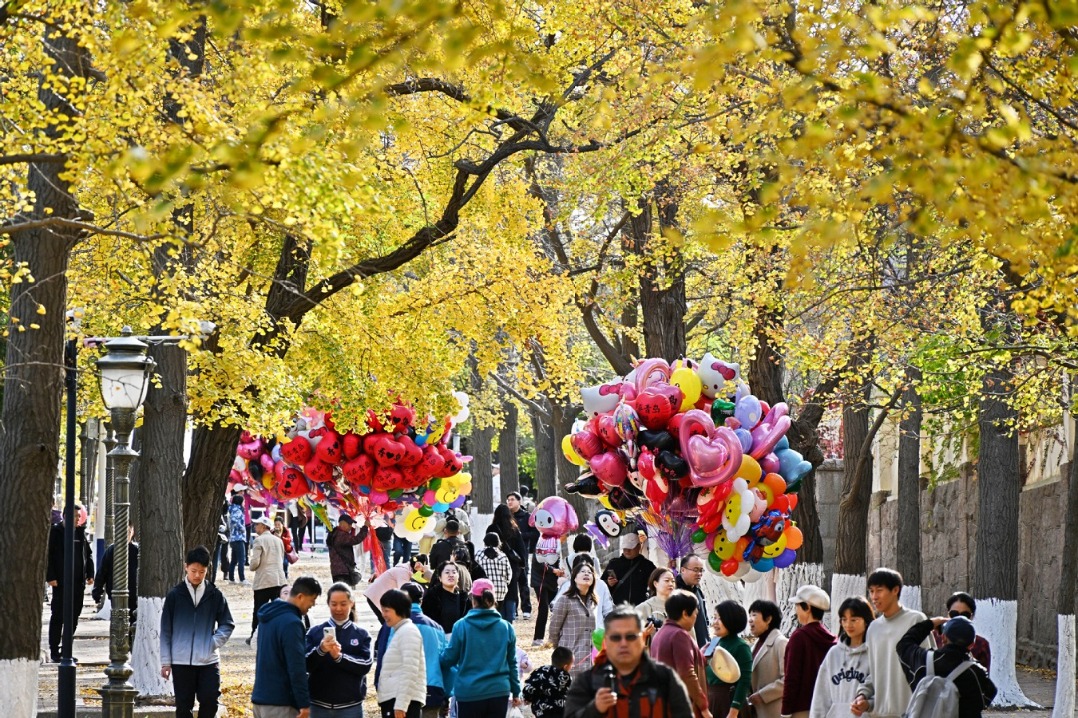Painting the different sides of Setouchi
By WANG XU | China Daily | Updated: 2019-10-07 09:59

Showing the paintings under the museum's natural lighting, Eda says that Chichu has designed the perfect setting in which to display the paintings that depicts the unique and crafted nature of Water Lilies.
"People can easily fall into a deep mediation in a space like that," Eda notes.
If enjoying the paintings is not enough, the museum has also created a garden consisting of nearly 200 kinds of flowers and trees similar to those planted at Giverny to offer visitors a tangible way to experience nature the way Monet sought to capture in his paintings.
Adjacent to the Chichu is the Lee Ufan Museum. One of the more recent additions to Naoshima, the venue was opened in 2010 for the first Setouchi Triennale, a contemporary art festival held every three years.
Named after the Korean artist Lee Ufan, who has been working and teaching in Japan, the museum displays large installations made of stone, concrete and huge slabs of iron.
For a glimpse into where Setouchi's transformation began, look no further than Benesse House Museum, the first venue to integrate a museum with a hotel and positioned at the vanguard of the rejuvenation project which turned the once struggling region into a burgeoning art hub.
Built in 1992 and designed by Tadao Ando, it is built on high ground overlooking the Seto Inland Sea. Inside, artworks are found not just within galleries, but in all parts of the building, as well as in the nearby forest and scattered locations along the seashore, displaying a perfect example of the coexistence of nature, art and architecture.
























